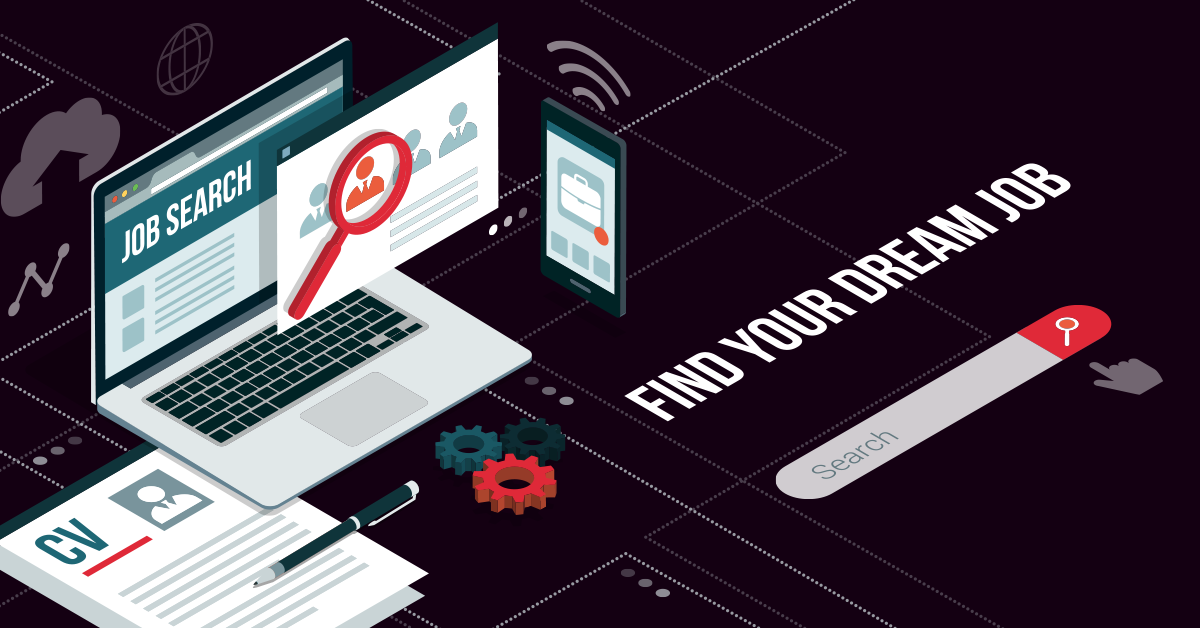Posted on April 24th, 2024

"Work life integration" is a term that's increasingly making its way into our vocabulary, reflecting a significant shift in how we perceive the relationship between our professional and personal lives. Gone are the days of strictly compartmentalizing work and life into separate spheres. Instead, today's workforce is embracing a more holistic approach, seeking harmony and balance between their career ambitions and personal aspirations.
In this blog, we'll delve into the concept of work-life integration , exploring what it means, why it matters, and how individuals can foster an environment conducive to its success. Whether you're a seasoned professional navigating the complexities of modern work culture or an employer looking to cultivate a more engaged and fulfilled workforce, understanding the principles of work-life integration is essential.
Juggling work and life in today's whirlwind world can feel like a constant tightrope walk. We all want to crush it at work while still having a life outside the office. That's where work-life balance and work-life integration come in, but what's the difference between these two buzzwords? Let's break it down!
Work-life balance, a concept that gained prominence in the late 20th century, suggests a clear separation between one's professional and personal life. The aim is to allocate a balanced amount of time and energy to both spheres, ensuring that neither overshadows the other. Picture the classic image of a scale, with work on one side and personal life on the other, both perfectly aligned to maintain equilibrium.
On the other hand, work-life integration takes a more holistic approach. Rather than striving for strict separation, it acknowledges that modern life is dynamic and fluid. Work and personal responsibilities often intersect, and attempting to compartmentalize them can lead to stress and dissatisfaction. Instead, work-life integration encourages individuals to find synergy between their professional and personal pursuits, allowing them to blend harmoniously.
The progress of technology, enhanced means of communication and taking work to homes have all increasingly made it difficult to divide between professional work and personal work. In other words, the difference between home and office is no more. On the negative front, this may sound a bit embarrassing but, when an employee knows how to integrate life & work the scenario is different and often positive. And this is what work-life integration aims at: unifying (integrating) personal and professional works in a way that supports each other instead of competing with each other.
With this said, don’t confuse work-life integration with work-life balance. The latter aims at completely unplugging each other while the former aims at plugging each of them. To clearly explain, bringing your child to the office after his/her school hours is an example of work-life integration whereas picking an appropriate time to drop your child at home is an example of work-life balance.
Both are entirely different but both aim at employee overall wellbeing & progress. The only major difference is, integration aims at meaningful mixing of work and life whereas balance aims at disintegrating work and life thereby giving a strict time zone for each.
The biggest advantage of work-life integration is the possibility of giving equal attention and time to all walks of life, without the need to either sacrifice your personal life or postpone your office work.
A new attitude towards work: Combining professional work with personal work will make daily work less monotonous. An employee instead of actively counting down the hours until he/she can reach home to spend with family can actually be working from home but still spending quality time with family members.
A realistic approach: Marking out strict time divisions for home chores and office works can at times be practically difficult, importantly, in a scenario where more and more employers are preferring hybrid work culture. In such scenarios, this sort of approach gives practical feasibility as you can manage time effectively for both works.
Work prioritization is easy and effective: Managing productive time becomes easy. Persons can do more pressing works first hand followed by lesser important works. Here, by saying works, we mean both office-related works and home-related ones. The reason: Your office at times can be your home and at times your home can be your office.
With all these said, creating a work-life integration atmosphere is easier said than done. However, on the whole, at least employees and employers should make an effort to implement it wherever and whenever possible as it would soon be the work norm. In fact, it is a more resourceful, productive and meaningful way of encouraging the employees to be true to themselves and committed to the organizations.
Here are a few ways by which both employee and employer can work towards successful work-life integration:
Not sure if work-life integration is the magic bullet for you? We can help! Let's chat about your unique situation and find a work-life balance that keeps you thriving. Contact us today!
 5 Smart Ways to Utilize ChatGPT for Writing a Standout Resume
5 Smart Ways to Utilize ChatGPT for Writing a Standout Resume Top job websites to look for in 2021
Top job websites to look for in 2021 ! Good-Bye: 2020, Welcome 2021!
! Good-Bye: 2020, Welcome 2021! Give Thanks With A Grateful Heart! - CEO Message
Give Thanks With A Grateful Heart! - CEO Message Your LinkedIn Profile Is a Live Resume
Your LinkedIn Profile Is a Live Resume The Science Behind Effective Resume Bullet Points: Strategies That Get Noticed
The Science Behind Effective Resume Bullet Points: Strategies That Get Noticed It isn’t What you say, It is How you say is called Communication
It isn’t What you say, It is How you say is called Communication Bonding + Rapport = Strong Pipeline
Bonding + Rapport = Strong Pipeline Empathy... Need of the hour !!
Empathy... Need of the hour !! W3Global, Inc. unveils New Logo and Redefines Staffing Strategies
W3Global, Inc. unveils New Logo and Redefines Staffing Strategies Ways To Survive The COVID-19 Crisis
Ways To Survive The COVID-19 Crisis Can’t wait for this moment
Can’t wait for this moment How to answer “why work here?” question like a boss
How to answer “why work here?” question like a boss How to make your Hiring manager think that they are crazy if they don’t hire you
How to make your Hiring manager think that they are crazy if they don’t hire you How to write a Professional Summary that will WOW hiring managers!
How to write a Professional Summary that will WOW hiring managers! How to catch the hiring manager’s attention from the get-go
How to catch the hiring manager’s attention from the get-go How to avoid rejections from HR Managers or Recruiters
How to avoid rejections from HR Managers or Recruiters How to grab a Recruiter’s attention by changing just 5 things in your resume
How to grab a Recruiter’s attention by changing just 5 things in your resume